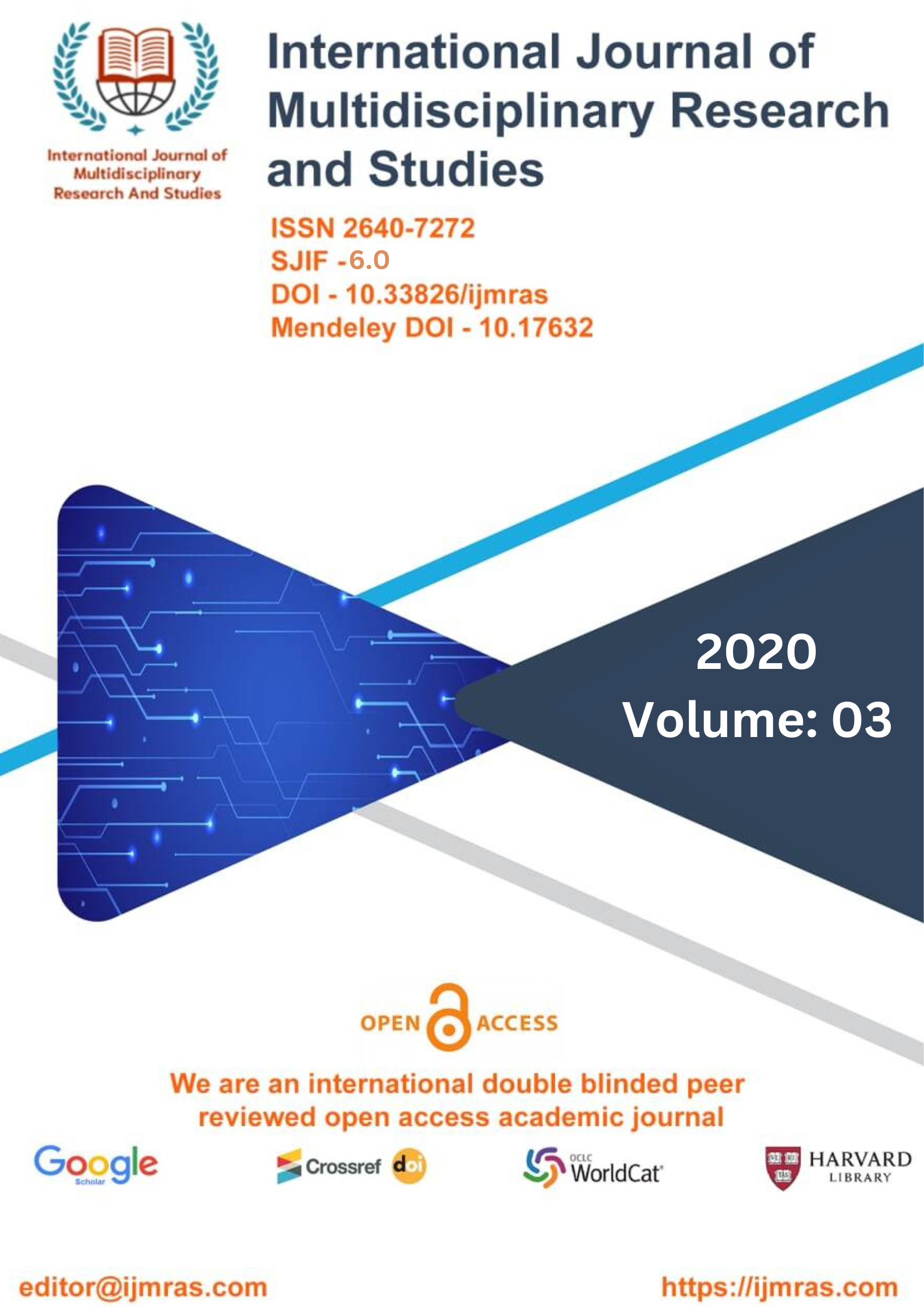MICRO FINANCE IN THE EMPLOYMENT GENERATION AMONG THE RURAL SECTOR IN BIHAR

Abstract
Additionally, it backed grassroots movements in Khagaria and Nawada's struggles. Their help extended to the early childhood care and education programmes, which were of great importance to the overall education and growth of the children who participated. By the year 1996, NIDAN had began extending loans to organisations, with a major emphasis on the provision of financial assistance to women's populations. Bandhan is one of the numerous models that have been implemented as part of the purview of microfinance banks. microfinance organisations were designed to empower women by providing them with rapid loans; nevertheless, the microfinance institutions ended up reversing the social and economic gains, and the women who received these loans ended up becoming slaves. The burgeoning microlending sector in India is a part of a worldwide phenomena that originated as a philanthropic movement but now now draws private money looking for development. This shift in focus from charitable organisations to private investors is driving the industry's expansion.
Keywords
Micro Finance, Employment, GenerationHow to Cite
References
Abdelrahman,M.2004.Civil society exposed: The Politics of NGOs in Egypt. LibraryofmodernMiddleEastStudies,40,London, UK:TaurisAcademicStudies, Macmillan.
Abhijit Banerjee et al., 2011.Poor Economics: A Radical Rethinking of the Way toFightGlobalPovertyPublicAffairs, NewYork.
Achoui, M. 2009. Human resource development in Gulf countries: An analysis of the trends and challenges facing Saudi Arabia.HumanresourceDevelopmentInternational12,no.1:35–46.
Acker, J.2004.Gender, capitalism, and globalization.CriticalSociology30,no.1:17–41.
Acker, J. 1990. Hierarchies, jobs, bodies: A theory of gendered organizations. Gender and Society4:139–58.
ADBReport.(2000). Women in Pakistan.Asiandevelopmentbank, program department west and office of environment and social development, Jly.p.02andp.10.
Adhiguru. 2004. Institutional Innovations for Using Information and Communication Technology.PolicyBrief18.NationalCentreforAgricultureEconomics and Policy Research, NewDelhi.
Afsar, Helen,(1985), “Women,workandIdeologyintheThirdWorld”, London.
Agarwal Bina.(2002).‘AreWeNotPeasantsToo?LandRightsandWomen’sClaimsinIndia’.
Agarwal, B.1994.AFieldofOne'sOwn: GenderandLand Rights in South Asia.NewYork: Cambridge University Press.
Ahl,H.(2006). Why research on women entrepreneurs needs new directions.
EntrepreneurshipTheoryandPractice,30(5),595–621.
Ahmed, H.(2002), “FinancingMicroenterprises: An Analytical Study of Islamic Microfinance Institutions”.
Ahmed,L.(1992),WomenandgenderinIslam.NewHaven:YaleUniversityPress.
License
Copyright (c) 2020 MICKY KUMARI

This work is licensed under a Creative Commons Attribution 4.0 International License.
Individual articles are published Open Access under the Creative Commons Licence: CC-BY 4.0.



